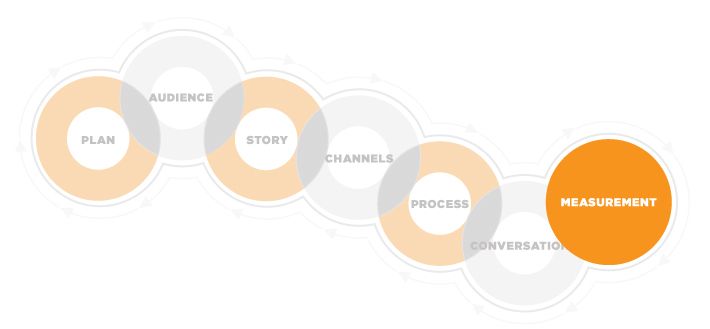Marketing has changed a lot in the past few years. So has the way we consume content. It’s become increasingly difficult to differentiate noise from information. With brands producing more content than ever before, and consumers having more devices and channels to view it, we must discriminate between what is relevant and what is not.
Why do you need a Content Marketing Framework?
A content marketing framework is a foundation for content marketing success. Having a framework to scale up your content and consistently generate shareable pieces, will grow your brand’s credibility as an informational resource.
In this blog, we review some of the most popular frameworks to leverage your content marketing strategy.
Content Marketing Institute’s framework
Content Marketing Institute has five core elements for Content Framework.

- Purpose & Goals: Why are you creating content, and what value will it provide?
- Audience: Who are you creating content for, and how will they benefit from it?
- Story: What specific, unique, and valuable ideas will you build your content assets around?
- Process: How you will structure and manage your operations to activate your plans?
- Measurement: How you will gauge performance and continually optimize your efforts?
ToFu-MoFu-BoFu Framework
Tofu-Mofu-Bofu is a framework that develops content based on your conversion funnel. Most brands simply ignore at least one part of the funnel. With this framework, content marketers can ensure that they’re reaching out to every segment.
- ToFu: Building awareness about your brand/the problems you address.
- MoFu: Educating people on how to choose a solution.
- BoFu: Explaining why your product is the best solution.
This framework requires you to develop customer personas, which let you identify which stage of the funnel the customer is currently in. Hubspot is a brand that effectively leverages the ToFu-MoFu-BoFu framework.
Spaghetti Blogging Framework
Spaghetti Blogging Framework allows you to throw stuff at the wall and see what works. The framework works on two approaches.
First approach: The first is to create content about anything and everything.
This approach is about finding the right mix for the spaghetti by adding anything you deem fit. This approach is recommended for beginners who want to test the waters and see what works for them. Buffer used this approach initially and later pivoted to other frameworks after they had a deeper understanding of what content worked for them.
Second approach: The second is the approach we would take if we could have a do-over.
It uses themes to guide your spaghetti throwing. Rather than just adding random ingredients every time, we might have tried out out candy-flavored spaghetti for a month, then if it wasn’t making any sense, try fruit-flavored spaghetti the next time.
Organizations without a framework are more likely to create random content that lacks a consistent focus on goals and audience. With a content framework in place, organizations can deliver a more cohesive and strategic content experience that engages customers and prospects at every stage of their journey. In the long run, it will help marketing teams achieve their goals faster and save money by focusing budget on impactful content marketing programs.
Let us know what you think in the comment section below, or hit us at @CrowdTamers.




